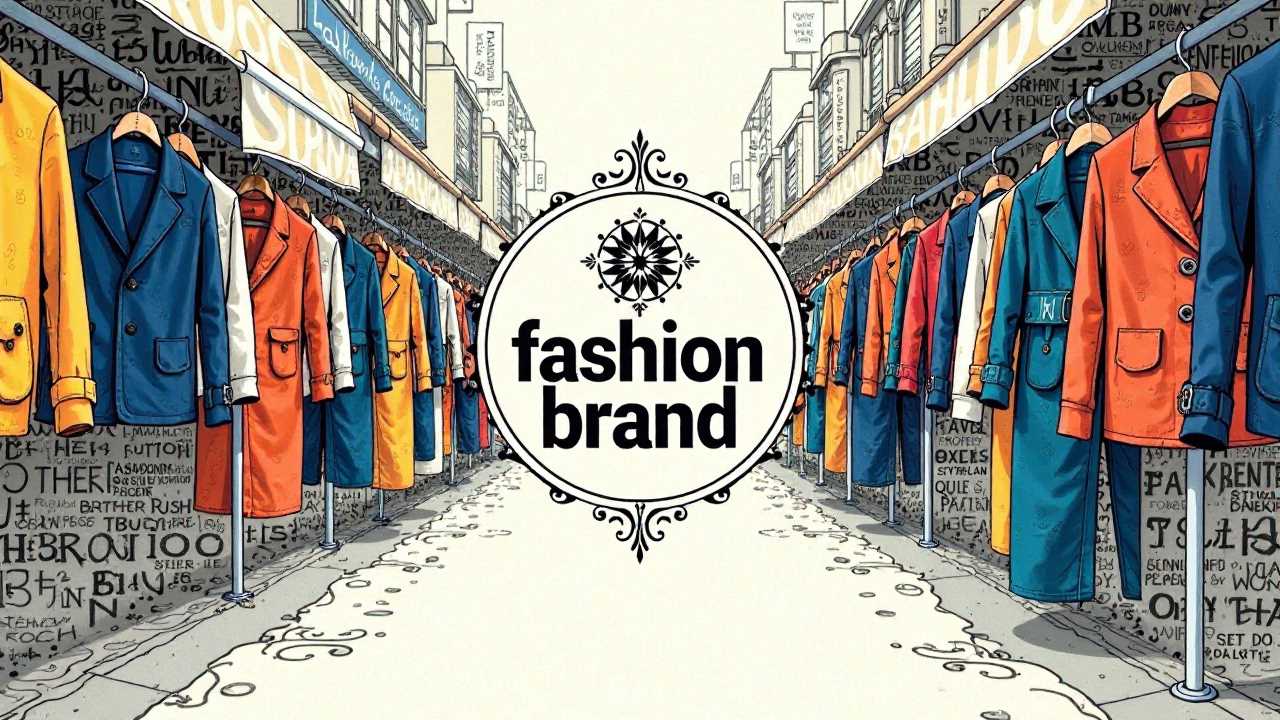
The Importance of Fashion Brand Logo Styling
In the competitive landscape of fashion, brand identity is paramount. A well-crafted logo serves as the visual cornerstone of a brand, encapsulating its essence and values. Fashion brand logo styling is not merely about aesthetics; it is a strategic endeavor that communicates the brand's personality and connects with its target audience. By employing custom typography and unique emblems, brands can create a memorable visual identity that stands out in a crowded marketplace.
Understanding Custom Typography
Custom typography is a powerful tool in the arsenal of fashion branding. It involves designing typefaces that are tailored specifically to reflect the brand's character. Unlike standard fonts, custom typography allows for individualized design that resonates with the brand's message. For instance, a luxury fashion brand may opt for elegant, serif fonts that convey sophistication, while a streetwear label might choose bold, sans-serif typefaces that evoke a sense of urban edge.
The choice of typography can significantly influence how a brand is perceived. It sets the tone for the entire brand experience, from marketing materials to product packaging. By investing in custom typography, brands not only enhance their visual appeal but also reinforce their unique identity in the fashion industry.
Creating a Unique Emblem
A unique emblem is another critical element of effective fashion brand logo styling. Emblems serve as symbols that encapsulate the brand's ethos and values. They can be abstract shapes, icons, or even stylized representations of the brand name. The key to a successful emblem is its ability to convey meaning and evoke emotion.
For example, the emblem of a sustainable fashion brand might incorporate natural elements, reflecting its commitment to eco-friendliness. Conversely, a high-fashion label may utilize sleek, minimalist designs that exude sophistication and exclusivity. A well-designed emblem becomes an instantly recognizable symbol, fostering brand loyalty and recall among consumers.
The process of creating a unique emblem involves careful consideration of the brand's core values, target audience, and industry trends. Designers often draw inspiration from the brand’s history, culture, or mission to craft an emblem that tells a compelling story. This storytelling aspect not only enhances the logo's aesthetic appeal but also deepens the emotional connection with consumers.
The Role of Color and Symbolism in Logo Styling
Color is a crucial component of fashion brand logo styling, as it influences perception and elicits emotions. Different colors carry distinct connotations; for example, black is often associated with elegance and sophistication, while green symbolizes sustainability and growth. By strategically selecting colors, brands can reinforce their identity and create a lasting impression.
Symbolism also plays a pivotal role in logo design. Incorporating meaningful symbols that align with the brand’s vision can amplify the logo’s impact. Whether it’s a feather to represent lightness or geometric shapes to convey modernity, thoughtful symbolism adds depth to the visual identity.
Adaptability in the Digital Age
In today’s digital-first world, adaptability is a key consideration in logo styling. Fashion logos must be versatile enough to look appealing across various platforms, from social media profiles to e-commerce websites and physical storefronts. A logo that scales well, retains clarity, and maintains its visual integrity across different mediums is essential for ensuring brand consistency.
Responsive design techniques are often employed to create logos that can adapt to varying screen sizes and contexts. This flexibility allows fashion brands to maintain a cohesive image, whether their logo appears on a smartphone screen or a billboard.
 Digital Art InstructionDIY Infographics DesignMobile Game ArtworkPersonalized Logo Design3D AnimationeBook Covers DesignPrivacy PolicyTerms And Conditions
Digital Art InstructionDIY Infographics DesignMobile Game ArtworkPersonalized Logo Design3D AnimationeBook Covers DesignPrivacy PolicyTerms And Conditions
